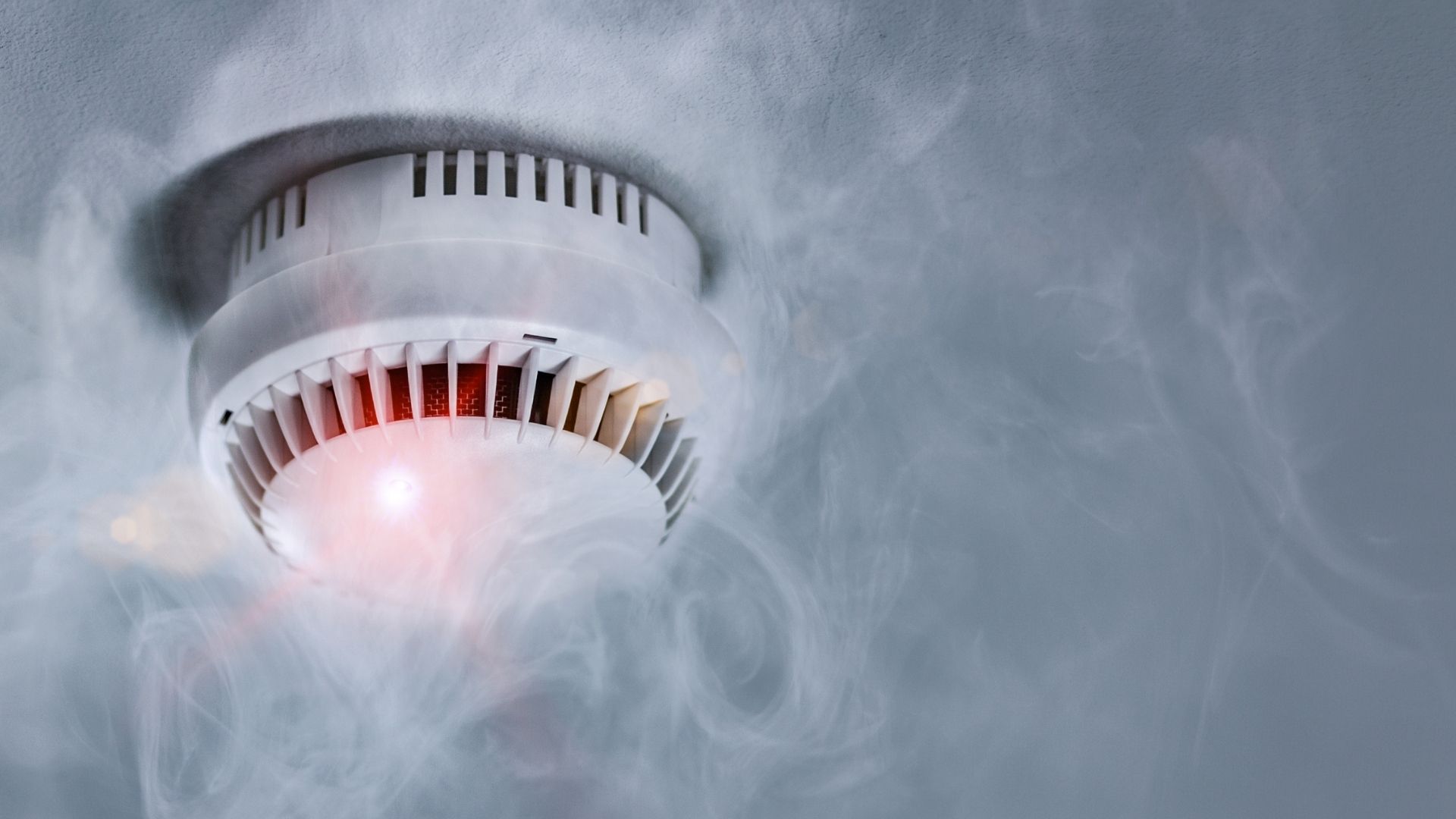

Articles
What Do 5 Beeps On A Smoke Detector Mean?
Modified: January 6, 2024
Find out what the 5 beeps on a smoke detector mean in this informative article. Protect your home and family by understanding the warning signals.
(Many of the links in this article redirect to a specific reviewed product. Your purchase of these products through affiliate links helps to generate commission for Storables.com, at no extra cost. Learn more)
Introduction
Smoke detectors are a crucial component of any home or building’s fire safety system. These devices are designed to detect the presence of smoke and sound an alarm to alert the occupants of a potential fire hazard. While smoke detectors come in various types and brands, they all serve the same purpose – to save lives in the event of a fire.
One common feature of smoke detectors is the different alarm sounds they emit to indicate specific situations. These alarms can range from simple beeps to loud sirens, each carrying its own meaning. In this article, we will focus on understanding what five beeps on a smoke detector typically mean and how to address this issue.
Whether you’re a homeowner or a renter, it’s important to familiarize yourself with the various alarm sounds your smoke detector may produce. This knowledge can help you respond appropriately and take the necessary steps to ensure your safety and the safety of those around you.
So, let’s dive into the world of smoke detectors and explore what those five beeps might be trying to tell you.
Key Takeaways:
- Understanding the different alarm sounds produced by smoke detectors, including the specific meaning of five beeps, is crucial for responding appropriately and ensuring fire safety in your home or building.
- Addressing a five-beep alarm on your smoke detector involves troubleshooting steps such as checking batteries, cleaning the detector, and testing its functionality, prioritizing fire safety and peace of mind.
Read more: What Do 2 Beeps On A Smoke Detector Mean?
Understanding Smoke Detectors
Before delving into the specifics of five beeps on a smoke detector, it’s essential to have a basic understanding of how these devices work. Smoke detectors are electronic devices equipped with sensors designed to detect smoke particles in the air. They are typically placed on ceilings or walls in key locations throughout a building to ensure maximum coverage.
There are two main types of smoke detectors: ionization and photoelectric. Ionization smoke detectors use a small amount of radioactive material to ionize the air. When smoke particles enter the chamber, it disrupts the ionization process, triggering the alarm. On the other hand, photoelectric smoke detectors use a beam of light and a light sensor. When smoke enters the chamber, it scatters the light, causing the alarm to activate.
Both types of smoke detectors are effective at detecting different types of fires. However, some models use a combination of ionization and photoelectric technology for enhanced sensitivity and accuracy.
It’s important to note that smoke detectors require regular maintenance to ensure they are functioning correctly. This includes changing the batteries at least once a year, testing the alarm regularly with the test button, and cleaning the device to remove any dust or debris that can interfere with its performance.
Now that we have a general understanding of smoke detectors, let’s move on to the different alarm sounds they produce and how to interpret them.
Common Smoke Detector Alarms
Smoke detectors use various alarm sounds to communicate different situations and potential fire hazards. Understanding these alarm sounds is crucial in being able to respond appropriately and take necessary actions. Here are some common smoke detector alarms:
- Continuous Alarm: A continuous alarm, often a loud and piercing sound, indicates the presence of smoke or a significant fire. This alarm is designed to alert occupants to evacuate the premises immediately and call emergency services.
- Intermittent Beeps: Intermittent beeping sounds, usually in short bursts, can signify a low battery. When the battery is running low, the smoke detector will emit these beeps to indicate the need for battery replacement.
- Chirping Sound: A chirping sound at regular intervals could also indicate a low battery. However, it is important to distinguish this sound from intermittent beeps, as the chirping sound is usually associated with smoke detectors that are hardwired into the electrical system and have a backup battery.
- Malfunction Alarm: A malfunction alarm may indicate a problem with the smoke detector itself, such as a faulty sensor or wiring issue. This alarm should prompt immediate attention, and the device may need to be replaced or serviced.
- Five Beeps Alarm: Now, let’s focus on the specific alarm sound we’re exploring in this article – the five beeps alarm.
Understanding the different alarm sounds produced by smoke detectors is vital, as it allows you to take appropriate action based on the situation at hand. In the next section, we will dive into the interpretation of five beeps on a smoke detector.
Interpretation of 5 Beeps
When your smoke detector emits a series of five beeps, it is essential to decipher the meaning behind this specific alarm sound. Here are some possible interpretations of the five beeps on a smoke detector:
- End of Life Warning: In some smoke detector models, a five-beep alarm could indicate an end-of-life warning. This means that the smoke detector has reached its maximum lifespan, usually around ten years, and needs to be replaced. This warning is a reminder that the device may no longer function properly and may not provide adequate protection in the event of a fire.
- Malfunction Detection: Another interpretation of a five-beep alarm is a malfunction detection. This alarm sound indicates that there may be a problem with the internal components of the smoke detector. It could be caused by issues such as sensor failure, electrical wiring problems, or a malfunctioning circuit board.
- Other Considerations: While an end-of-life warning or malfunction detection are common interpretations of the five-beep alarm, it’s always important to consult the user manual or contact the manufacturer for specific information regarding your particular smoke detector model.
It is crucial to take any alarm sound seriously, especially when it comes to fire safety. If your smoke detector emits a five-beep alarm or any other unexpected sound, it’s recommended to take immediate action and follow the appropriate troubleshooting steps, which we will explore in the next section.
Remember, the interpretation of a five-beep alarm on your smoke detector may vary depending on the brand, model, and age of the device. Consulting the user manual or seeking professional assistance will help you ensure the proper functioning of your smoke detector and maintain a safe living environment.
If your smoke detector emits 5 beeps, it could indicate a low battery. Replace the battery and test the detector to ensure it is functioning properly.
Causes of 5 Beeps on a Smoke Detector
If your smoke detector is emitting a series of five beeps, there are several possible causes behind this alarm sound. Understanding these causes can help you identify and address the issue. Here are some common reasons for a five-beep alarm on a smoke detector:
- End-of-life warning: As mentioned earlier, some smoke detectors use a five-beep alarm to indicate that the device has reached the end of its lifespan and needs to be replaced. This warning helps ensure that you have a functioning smoke detector to protect you in the event of a fire.
- Low battery: Just like the intermittent beeping for a low battery, a series of five beeps can also indicate that the battery is running low. It’s important to replace the battery promptly to ensure the continued functionality of the smoke detector.
- Malfunctioning sensor: A malfunctioning sensor can also trigger a five-beep alarm. This could be due to various reasons, such as a dirty or blocked sensor, a faulty sensor component, or an issue with the internal wiring. In such cases, cleaning the sensor or contacting a professional for repairs may be necessary.
- Power interruption: A temporary power interruption or voltage fluctuation can cause smoke detectors to emit a series of beeps. These beeps serve as an indication that the power has been restored and the detector is returning to normal operation.
- False alarm: In some cases, a five-beep alarm may be a false alarm triggered by external factors such as steam from cooking or excessive dust in the air. If this occurs, it’s important to properly ventilate the area and ensure that there are no actual signs of smoke or fire.
It’s important to note that these are general causes that may apply to most smoke detectors. However, specific models may have additional features or unique causes for a five-beep alarm. Consulting the user manual or contacting the manufacturer can provide further insight into the exact cause and recommended steps to resolve the issue.
In the next section, we will explore some troubleshooting steps to address the five-beep alarm on your smoke detector.
Troubleshooting the 5 Beep Alarm
If your smoke detector is consistently emitting a series of five beeps, there are several troubleshooting steps you can take to address the issue. Here are some common troubleshooting techniques:
- Check the batteries: The first step is to ensure that the batteries in your smoke detector are not low or depleted. Replace the batteries with fresh ones, following the manufacturer’s instructions for your specific model.
- Clean the detector: Dust and debris can interfere with the proper functioning of your smoke detector. Gently remove the cover and clean the device using a soft brush or cloth. Be sure to check for any obstructions around the sensor area and remove them if necessary.
- Test the detector: Most smoke detectors have a test button. Press and hold this button to manually test the alarm. If the alarm sounds correctly, it indicates that the unit is functioning properly. If not, you may need to replace the smoke detector.
- Reset the detector: Some smoke detectors have a reset button. Press and hold this button for a few seconds to reset the device. This can help resolve minor malfunctions or temporary issues.
- Inspect for damage: Check the smoke detector for any visible damage, loose connections, or signs of wear and tear. If you find any, it may be necessary to replace the unit to ensure proper functionality and safety.
- Contact the manufacturer: If the troubleshooting steps mentioned above do not resolve the issue, it’s best to contact the manufacturer for further assistance. They can provide specific guidance based on your smoke detector model and help troubleshoot any complex problems you may encounter.
Remember, the troubleshooting steps may vary depending on the make and model of your smoke detector. It’s important to refer to the user manual or contact the manufacturer for detailed instructions and guidance specific to your device.
By following these troubleshooting techniques, you can effectively address the issue of a five-beep alarm on your smoke detector and ensure the continued safety and functionality of your fire safety system.
Conclusion
Smoke detectors play a critical role in protecting lives and properties from the devastating effects of fire. Understanding the different alarm sounds produced by smoke detectors is crucial to respond appropriately and take necessary actions. In this article, we explored the meaning behind the five-beep alarm on a smoke detector.
We learned that a series of five beeps can indicate various situations, such as an end-of-life warning or a malfunction detection. It’s important to consult the user manual or contact the manufacturer to determine the exact cause and recommended steps to address the issue.
We also discussed some common causes of the five-beep alarm, including low battery, malfunctioning sensors, power interruptions, and false alarms. By troubleshooting and taking proactive measures like checking batteries, cleaning the detector, and testing its functionality, you can address the issue effectively.
Remember, your safety should always be a top priority. Regularly maintaining and testing your smoke detectors, as well as promptly addressing any alarm sounds or issues, is essential to ensure their proper functioning and maximize fire safety in your home or building.
If you’re ever uncertain about the cause or solution for a five-beep alarm on your smoke detector, don’t hesitate to contact the manufacturer or seek professional assistance. They can provide expert guidance and support to help resolve any complex issues.
Stay proactive, stay informed, and prioritize fire safety. By doing so, you can have peace of mind knowing that you are taking the necessary steps to protect yourself and your loved ones in the event of a fire.
Frequently Asked Questions about What Do 5 Beeps On A Smoke Detector Mean?
Was this page helpful?
At Storables.com, we guarantee accurate and reliable information. Our content, validated by Expert Board Contributors, is crafted following stringent Editorial Policies. We're committed to providing you with well-researched, expert-backed insights for all your informational needs.
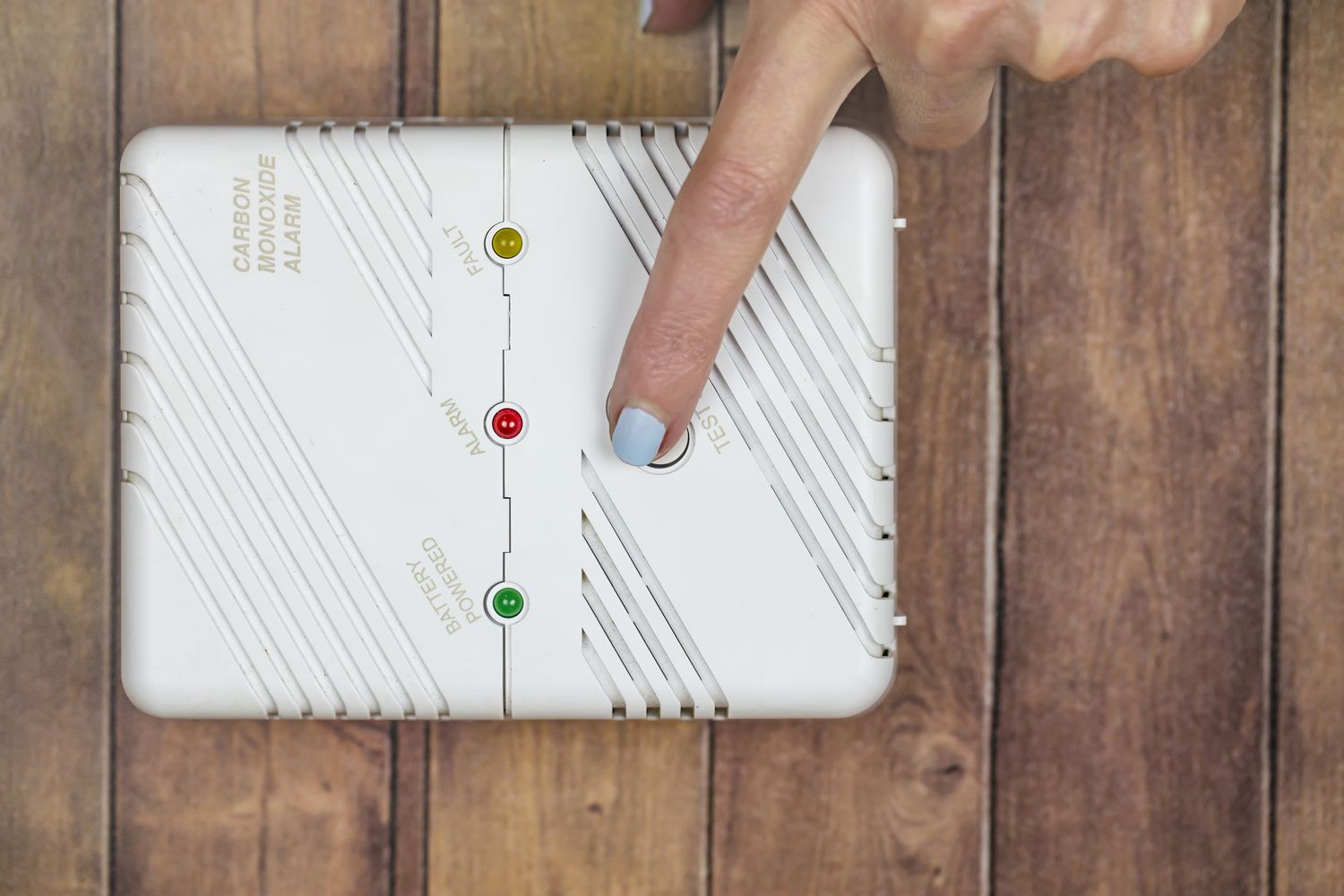
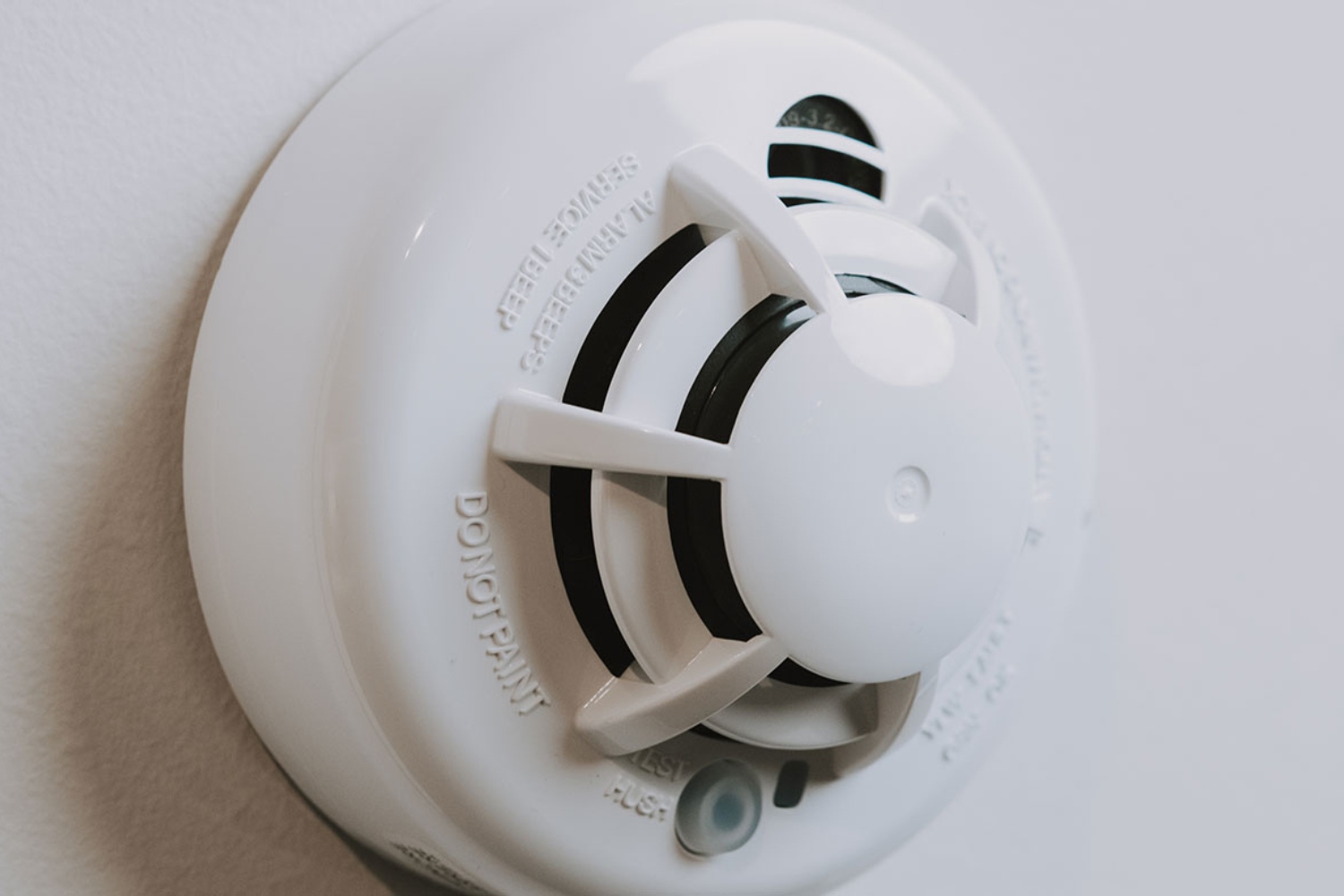
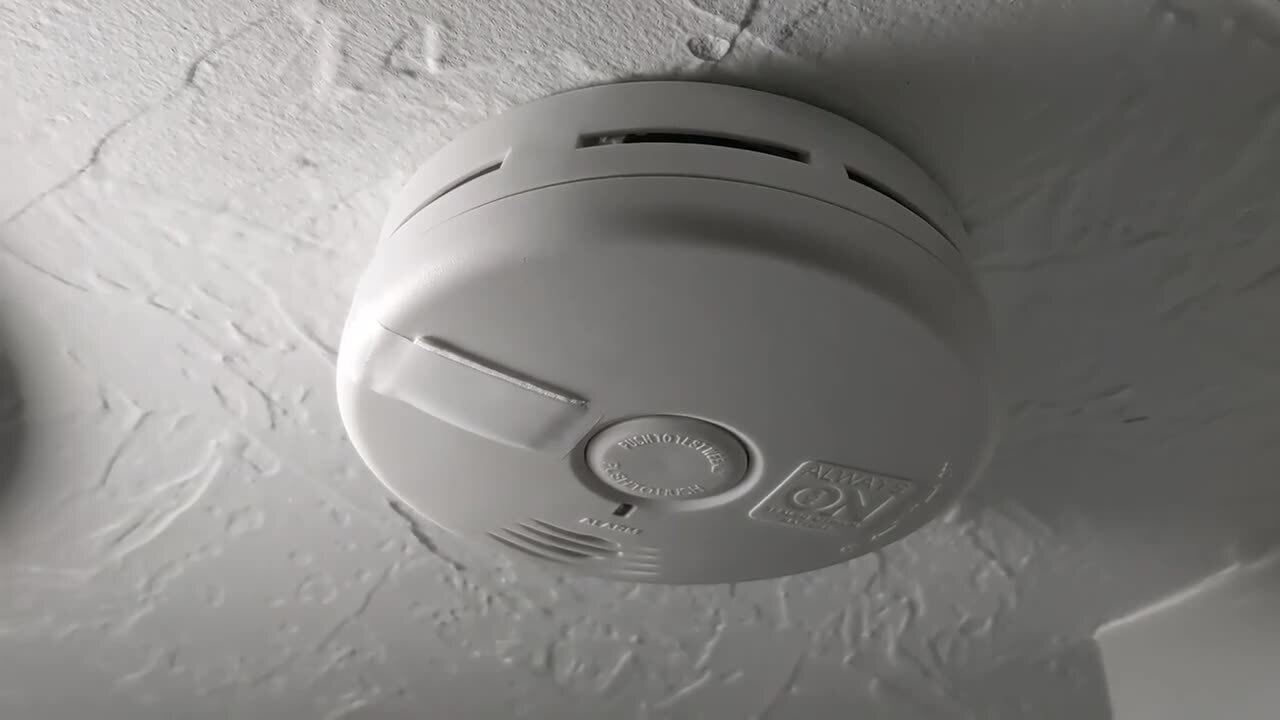
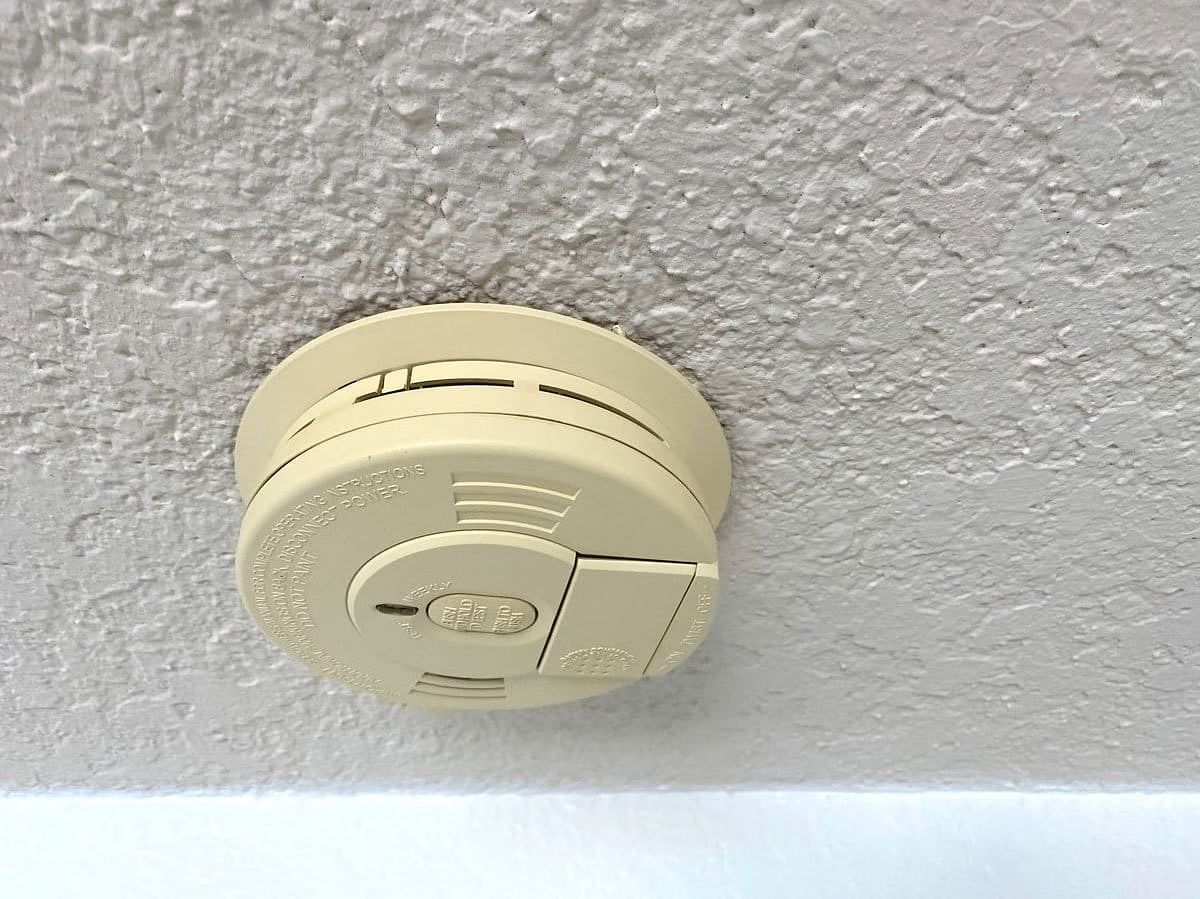
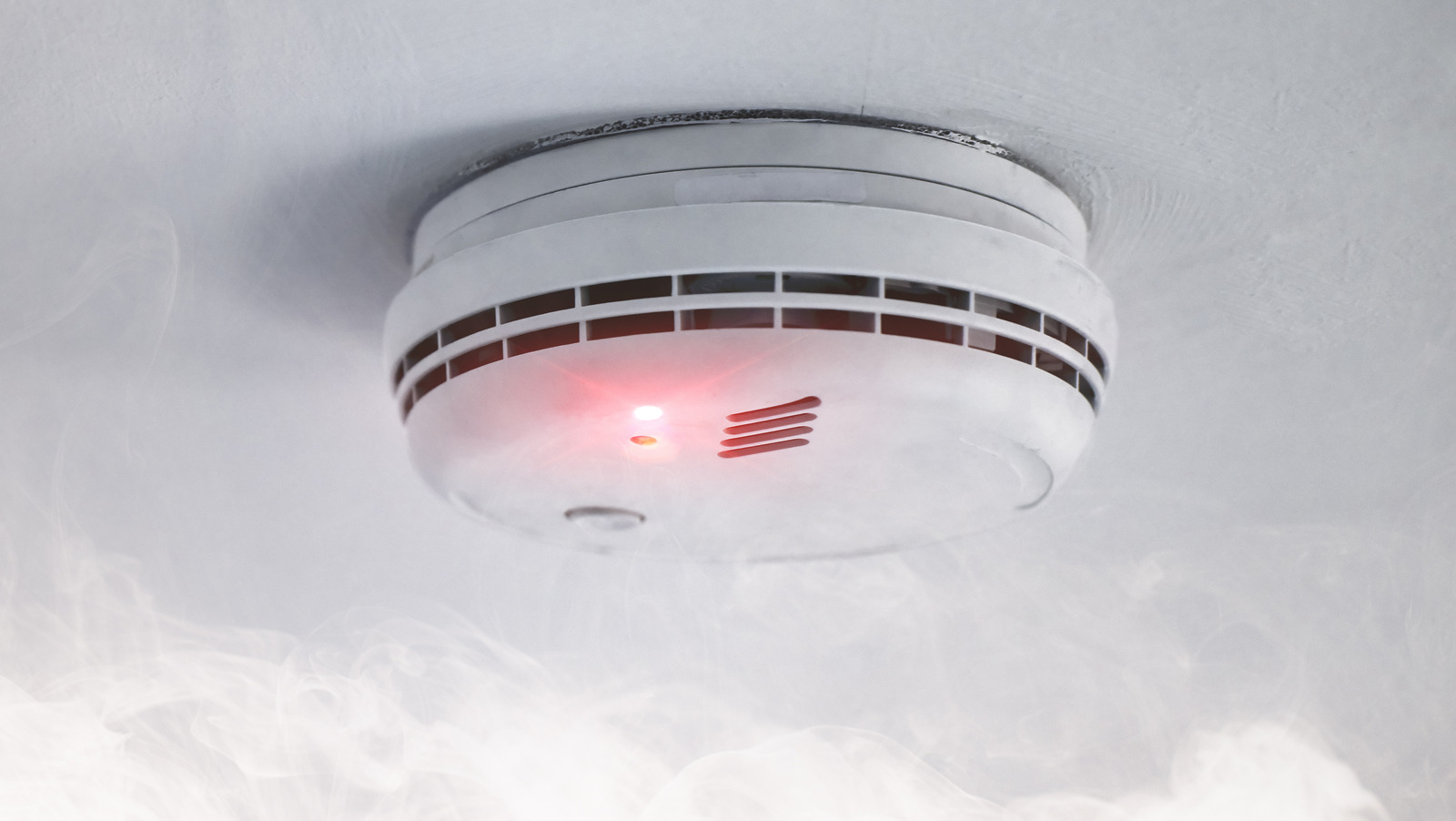
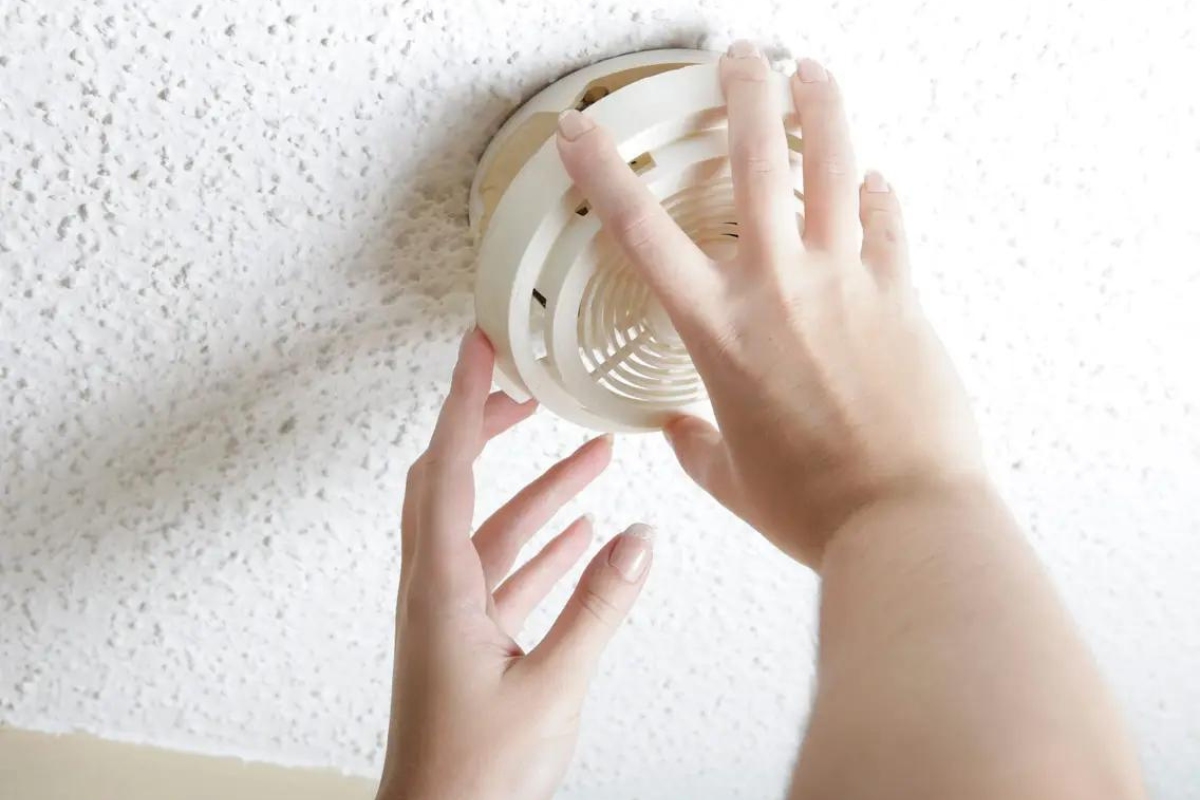
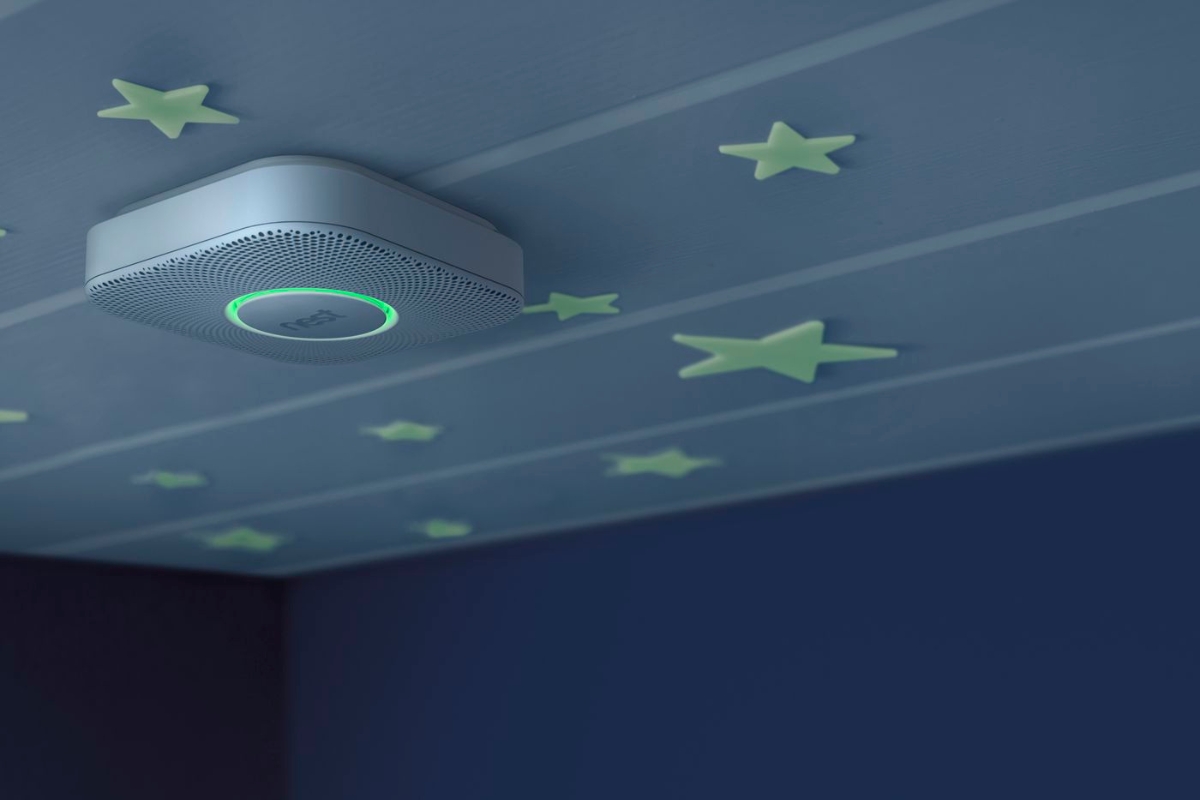
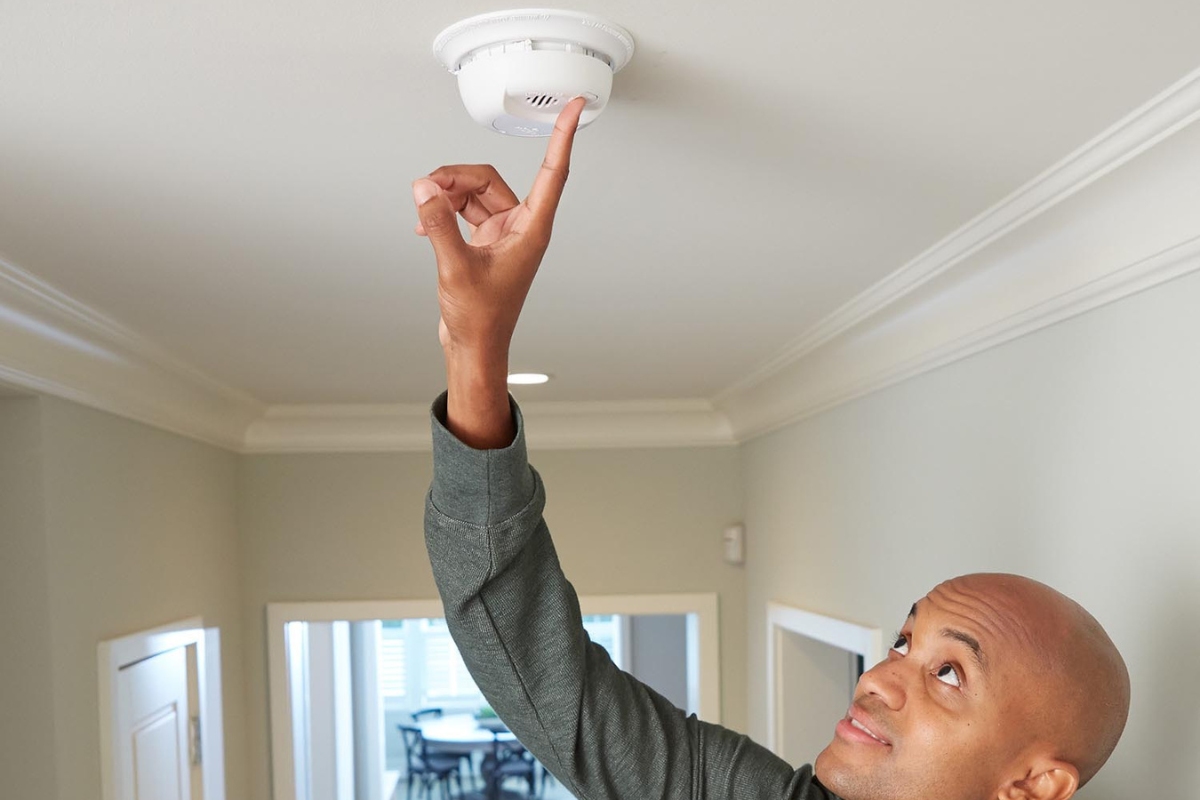

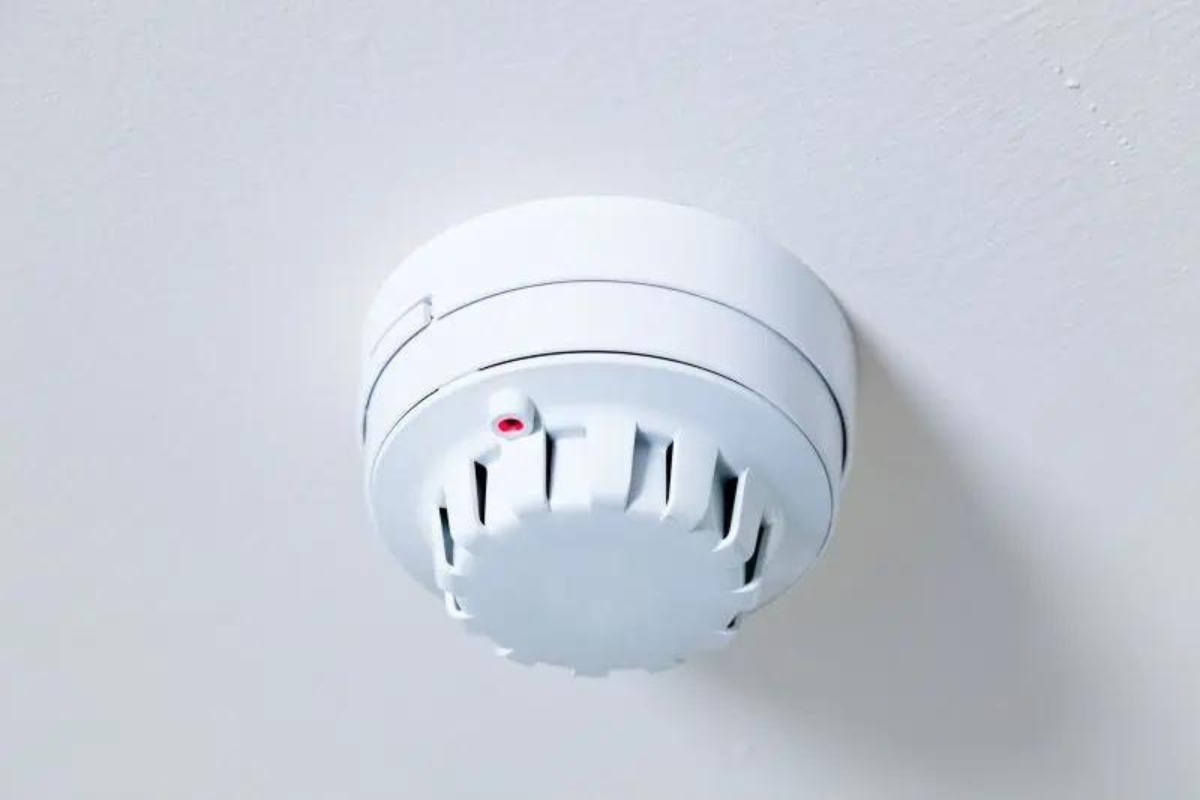
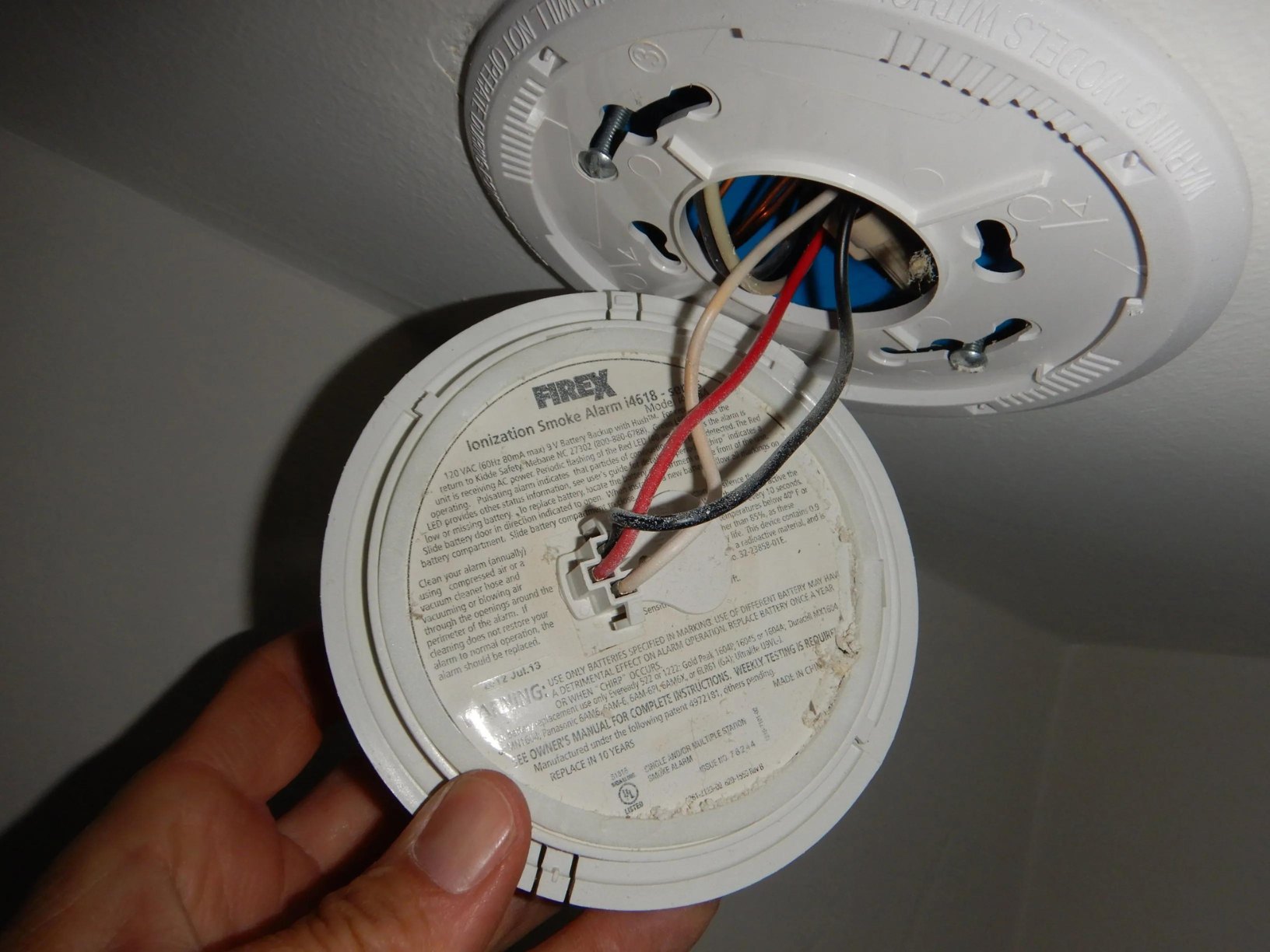
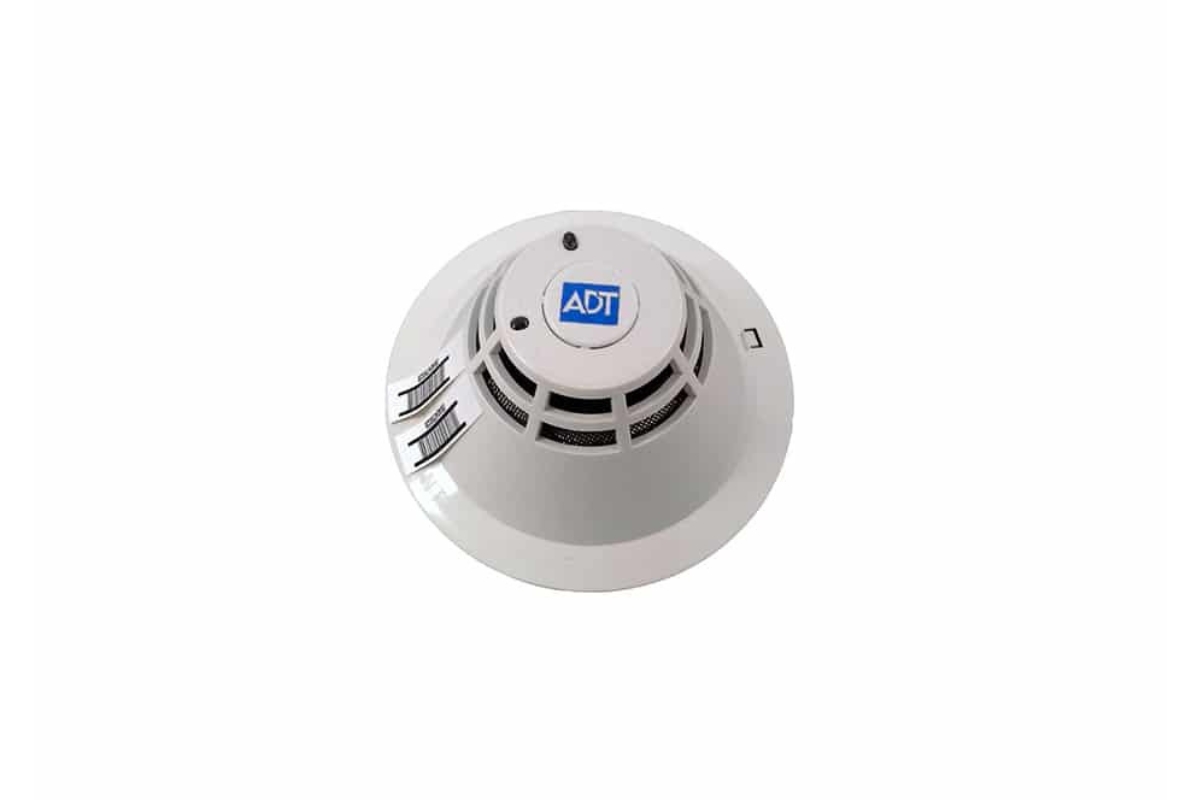
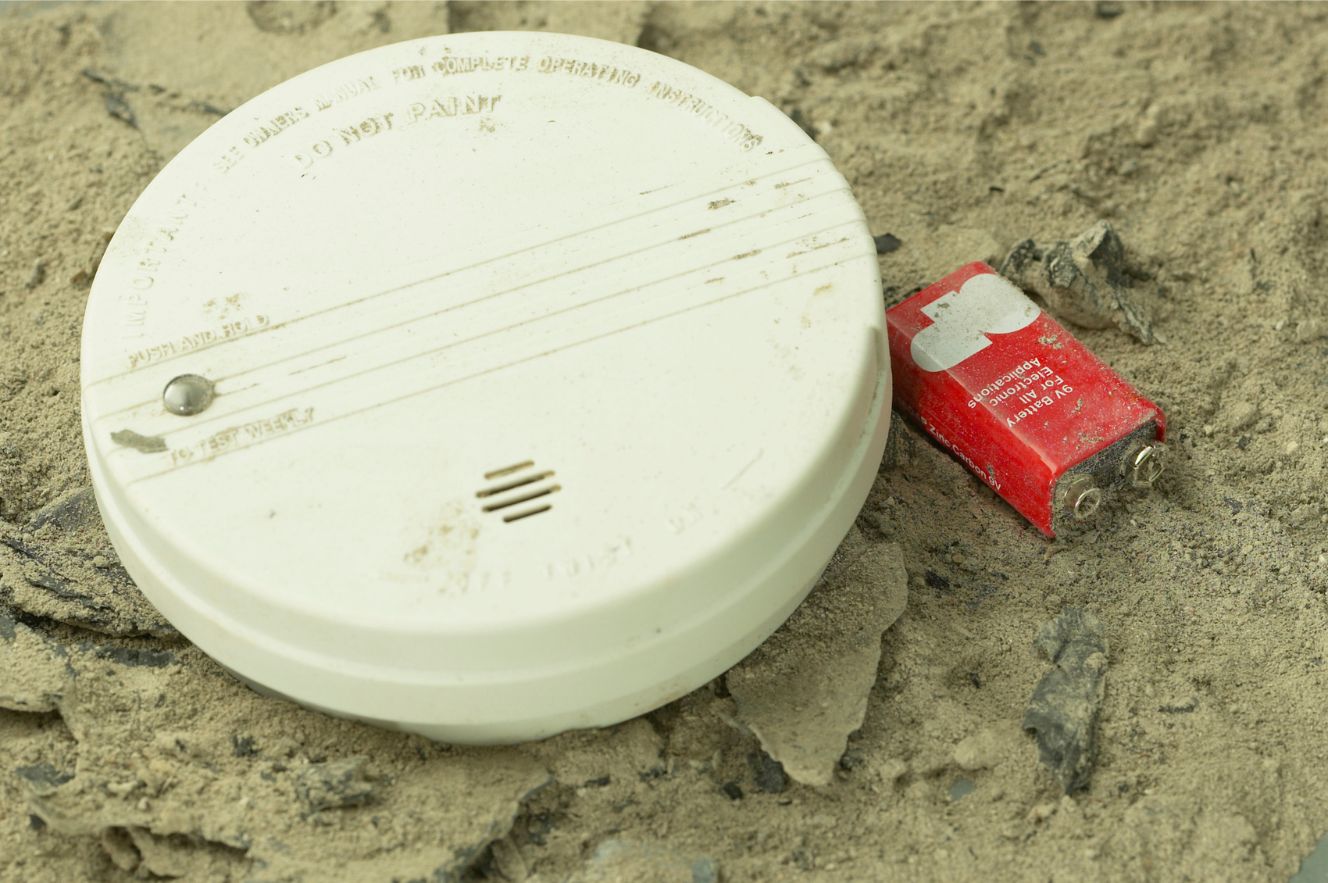
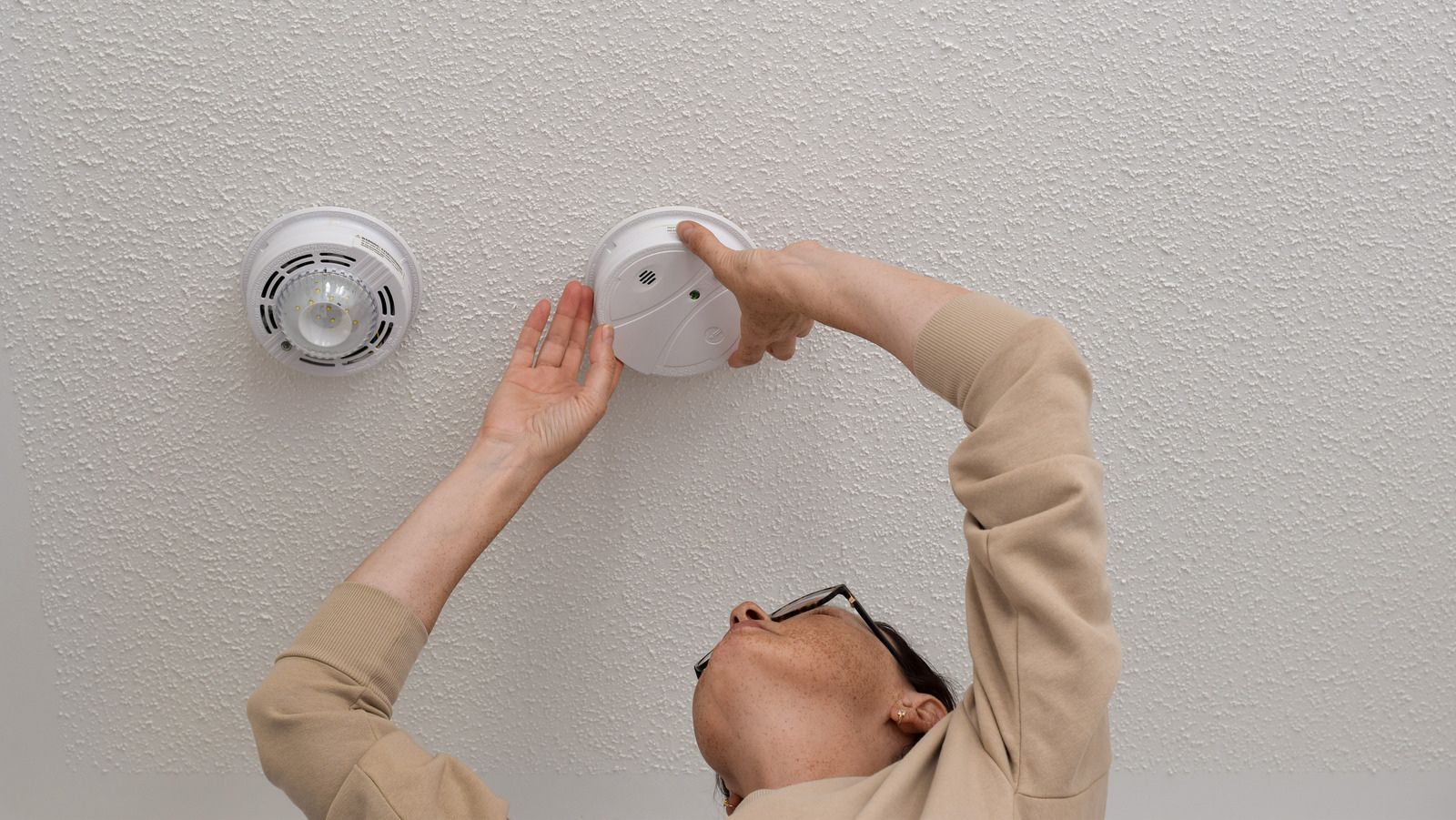

0 thoughts on “What Do 5 Beeps On A Smoke Detector Mean?”